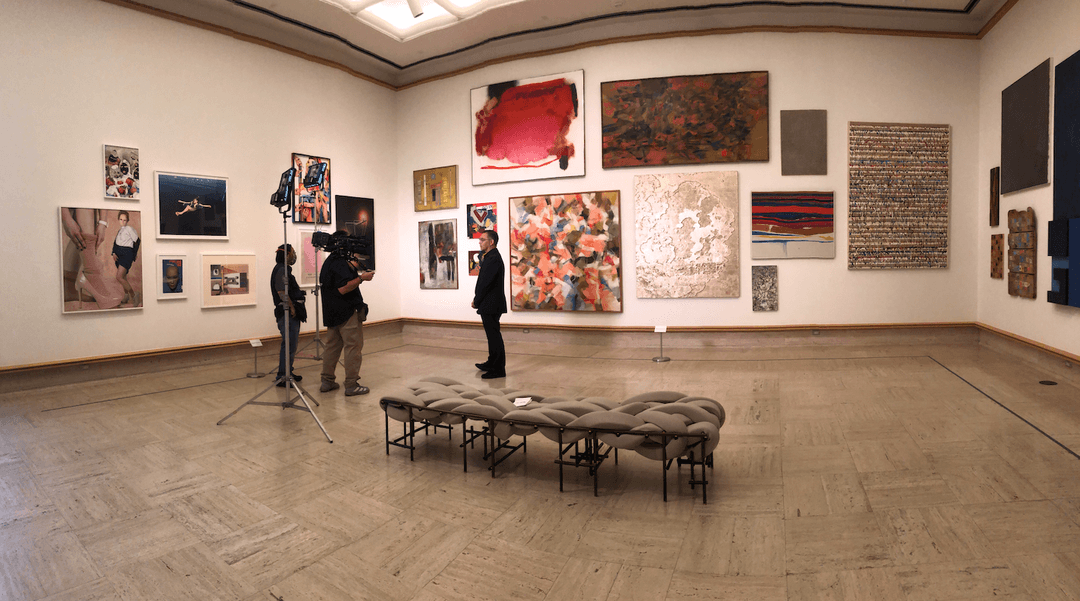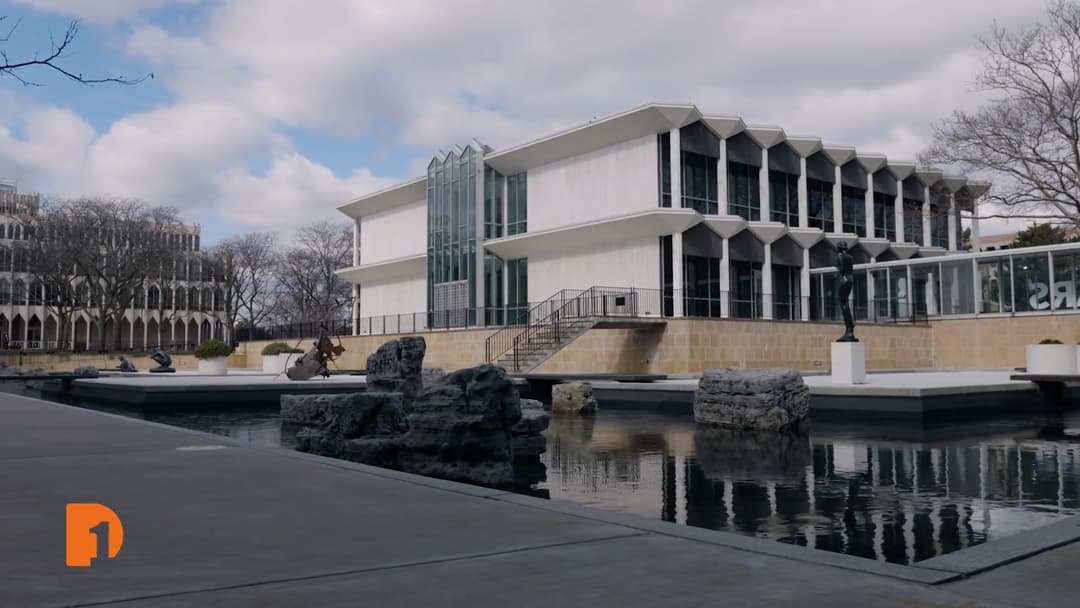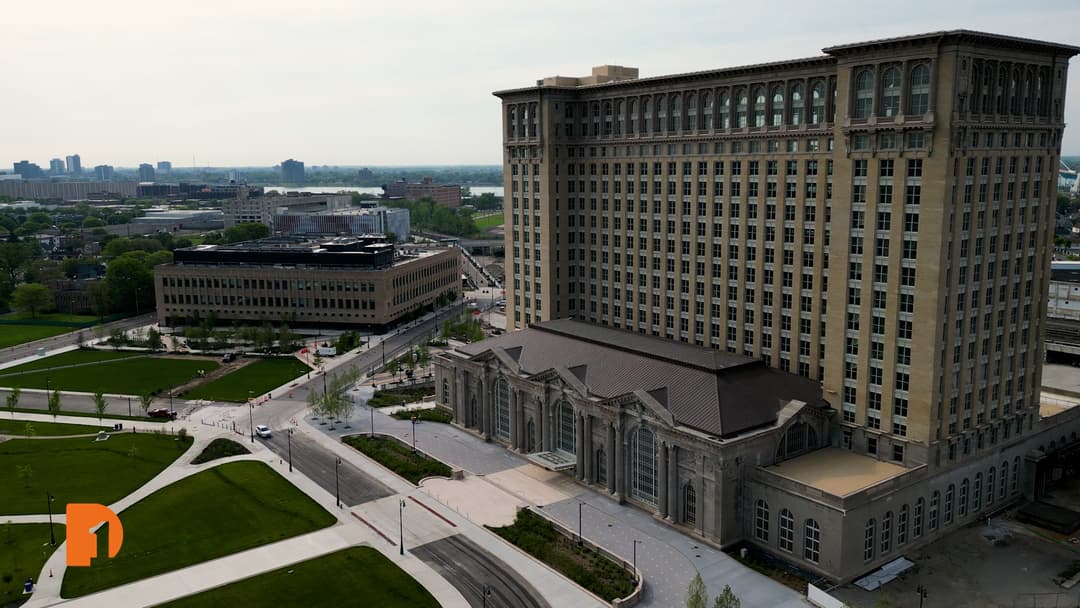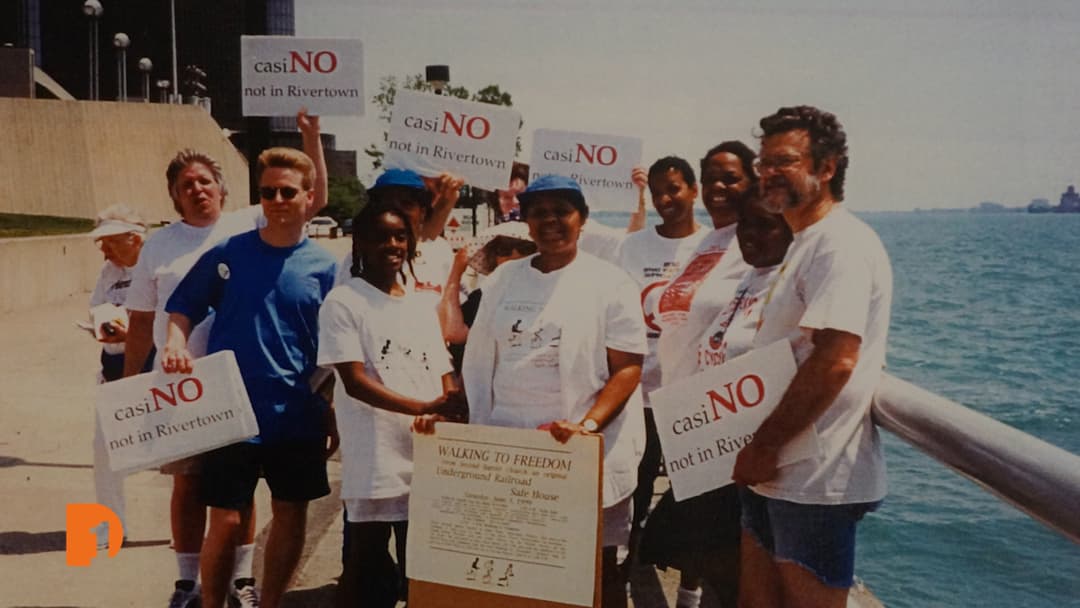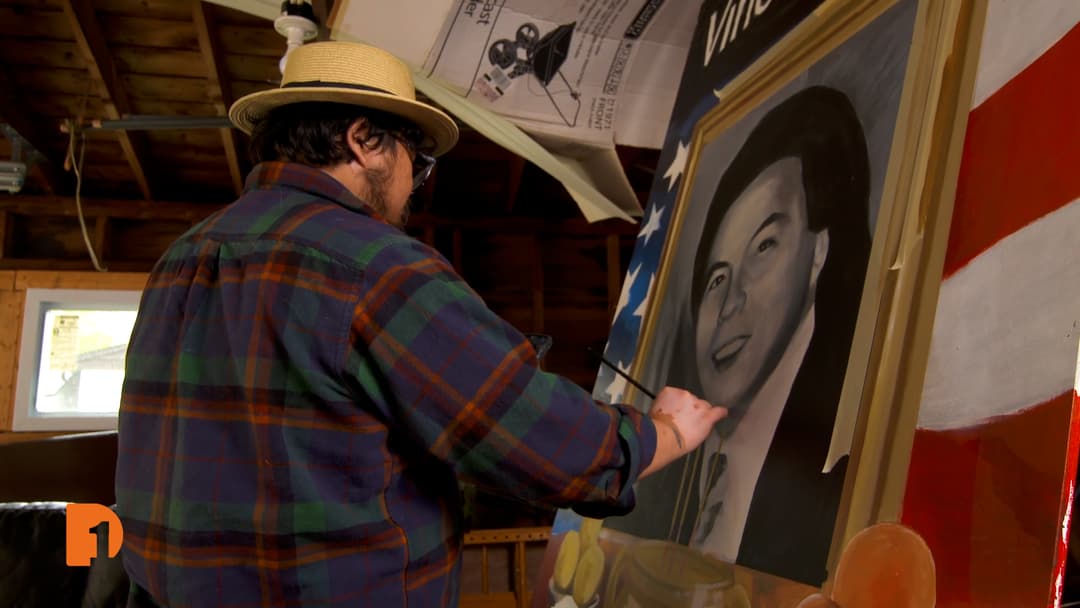The Saarinen Turnabout
Aug 9, 2018
Detroit’s mid-century modernist gets his due, nearly six decades later
August 2, 2018
Bill Kubota, Detroit PBS One Detroit
Where does Michigan’s Eero Saarinen place in the architecture world these days? Attitudes have swung around for the mid-century modernist, as seen in the architectural press, PBS and Detroit Public Television. The designer and architect died in 1961, while most of his most iconic structures were still under construction. Between then and recent years, his work has been maligned and, according to some scholars, just misunderstood.

Now, Saarinen Soars again according to Architect Magazine, giving an update on the restoration of the TWA Flight Center at JFK Airport in New York. The TWA Flight Center was designed in Saarinen’s studio in Bloomfield Hills, opening in 1962, a revolutionary work featuring a swooping roofline bringing to mind a giant bird about to fly off at a time most modernists were building glass boxes.
The terminal had been shut down in recent decades, declared a national landmark, served as a backdrop for the 2002 movie Catch Me If You Can and co-opted by JetBlue for its expanded operations.
Kim O’Donnell of Architect Magazine reports part of the TWA Terminal is now being transformed into a hotel to open next year. The renovators dug into the more than 750 boxes of drawings and other records in an effort to preserve Saarinen’s original design. When they finish, the structure will feature a museum to display donated artifacts of the “Jet Age” the terminal has come to represent.
“Saarinen’s designs stir emotion,” O’Donnell tells Detroit Public Television’s One Detroit. “They evoke excitement in viewers and users.” O’Donnell actually lives near Saarinen’s other aviation masterpiece, Dulles International Airport, which opened in 1962 in Chantilly, Virginia on the outskirts of Washington D.C. She always finds a thrill whenever she drives by. “What amazes me is that Dulles was listed on the National Register of Historic Places only 16 years after it was completed,” she said, “most buildings must be at least 50 years old for that honor.”

A few years after Saarinen’s death, Dulles and his other work would be maligned by some of the leading critics of that time. In the late 1960s, Yale University architectural historian Vincent Scully referred to the custom-built “mobile lounges” that moved travelers from the terminal other parts of the airport as “Afrika Korps troop carriers.” The “mobile lounges” were meant to reduce the time walking to distant gates, but the idea didn’t catch on with future airport designers, though they’re still in use at Dulles today. The blistering reviews long faded, Saarinen was recently honored with an American Masters profile on PBS that featured Dulles, TWA, the Gateway Arch in St. Louis and the General Motors Tech Center in Warren.
“People always praise Saarinen’s work for how futuristic and forward-thinking it was,” O’Donnell said, “But for me, his work is most valuable for the qualities it evokes that are truly timeless–excitement, beauty, and hope.”
There’s even more about Saarinen in a new Detroit Public Television program, Detroit Designs the World directed by Jim Toscano and edited by Danny Gianino with production oversight by Zosette Guir. The program received support from Lawrence Technological University, Midwest Steel and the National Endowment for the Arts. You can see the Saarinen segment from that documentary above.
Stay Connected
Subscribe to One Detroit’s YouTube Channel and don’t miss One Detroit on Thursdays at 7:30 p.m. and Sundays at 9 a.m. on Detroit PBS, WTVS-Channel 56.
Catch the daily conversations on our website, Facebook, Twitter @OneDetroit_PBS, and Instagram @One.Detroit
Related Posts
Leave a Reply
Your email address will not be published. Required fields are marked*


